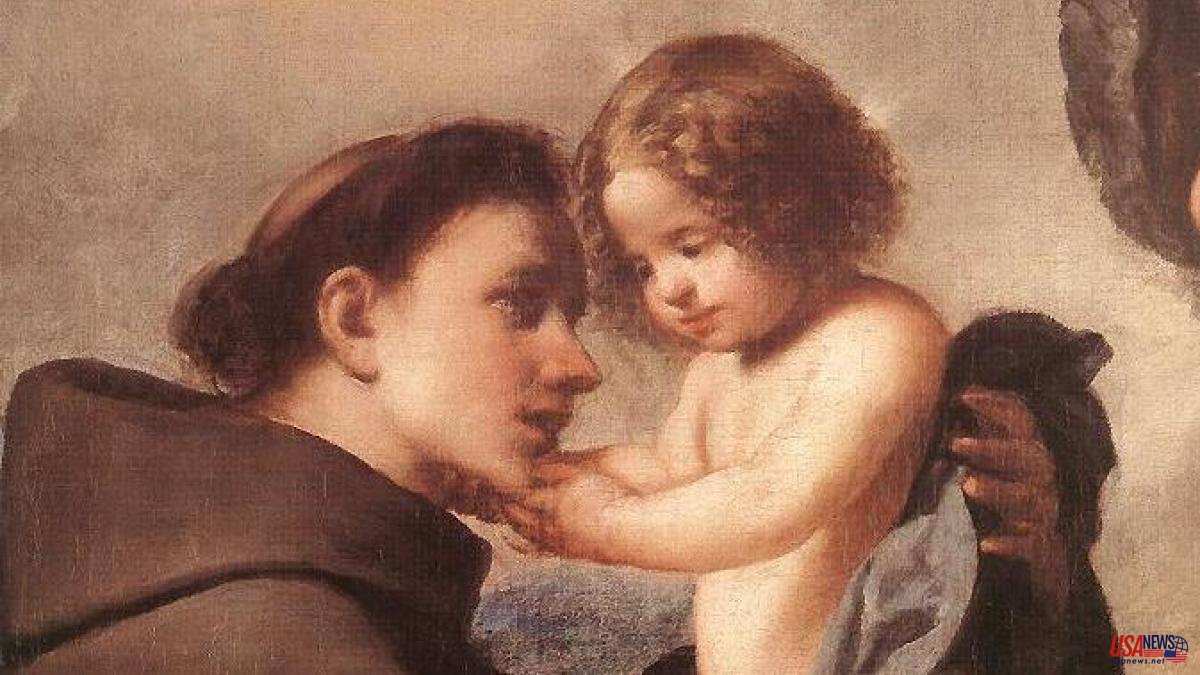Barely 11 months after his death, Antonio de Padua had already been declared a saint, in what is considered the second fastest canonization in history (only surpassed by Saint Peter the Martyr of Verona). This Franciscan priest also happens to be one of the most popular Catholic saints in the world and his cult spans the five continents, with special incidence in Italy, Brazil and Portugal.
Part of his fame is due to the ability to perform miracles attributed to him. The newborn who spoke, the reingrafted foot, the preaching of the fish... The examples are multiple. Almost 800 years after his death, his supposed relics are kept in Padua, in the Basilica that construction began the day after his death on June 13, 1231.
Italian researchers, in collaboration with renowned Brazilian facial artist Cicero Moraes, have used CT scans of the skull of the Portuguese priest - born into a noble and powerful Lisbon family in 1195 - to reconstruct the face of the patron of the lost items and stolen.
The image obtained, as explained in an article to be published in March 2023 in the journal Digital Applications in Archeology and Cultural Heritage, shows a middle-aged man with thinning brown hair wearing a brown tunic, just as Franciscan friars did it in the Middle Ages.
This is not the first time San Antonio has undergone a facial reconstruction. In 1981, the Italian sculptor Roberto Cremesini already created a replica of his skull using plaster. Pope John Paul II had authorized the exhumation of the saint's remains. And 30 years later, in 2014, researchers from the Museum of Anthropology of the University of San Antonio de Padua, together with a team of international forensics, made a reproduction using only a digital copy of the skull.
Cicero Moraes, who already participated in this latest 3D approach to the figure of Antonio de Padua, explained to Live Science magazine that the current reconstruction "has greatly improved anatomical coherence and is more compatible with a real face." Analyzing the endocranium (the cranial base) they have also realized that it was extremely large compared to the average human skull, which suggests that the saint's head was enormous "even compared to modern individuals".
In 2014, the Italian archaeologist Luca Bezzi - who has also participated in this new version of the face - asked Moraes to reconstruct the saint's face, telling him only that the skull belonged to a 36-year-old man. “At every step I wondered, who was that man? When I found out, I was speechless, literally in awe. Although I am not religious, I felt an enormous responsibility. Millions of people in the world could see the face of their saint!", declared the Brazilian expert at the time.
Born in Lisbon on August 15, 1195, Antonio de Padua - whose original name was Fernando de Bulloes y Taveira de Azevedo - joined the Augustinians in 1210 but went over to the Franciscans 10 years later. He personally knew Saint Francis of Assisi before he died in Arcella (Italy) in 1231. In 1946, Pope Pius XII proclaimed him a Doctor of the Church.













